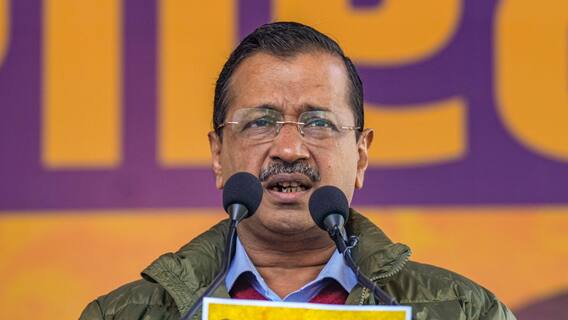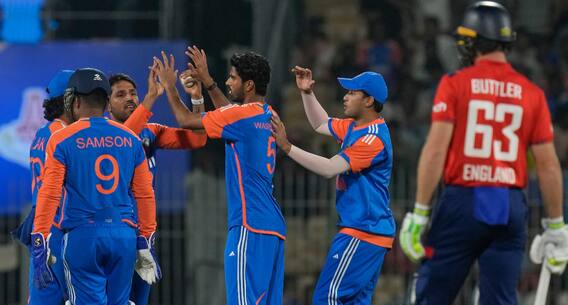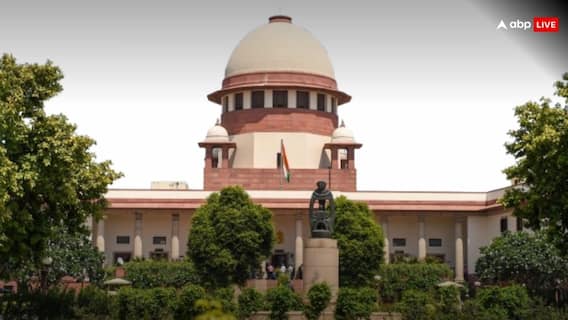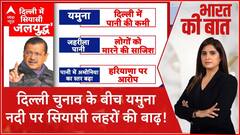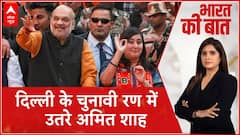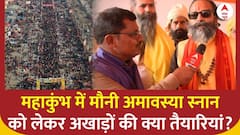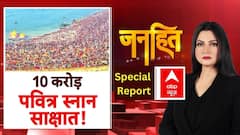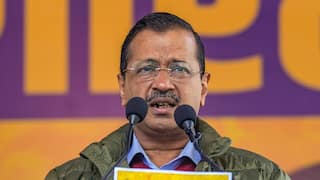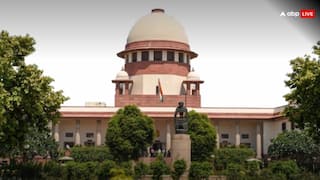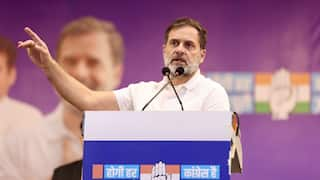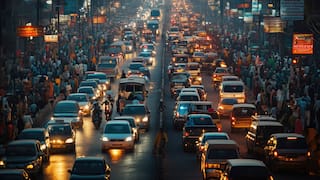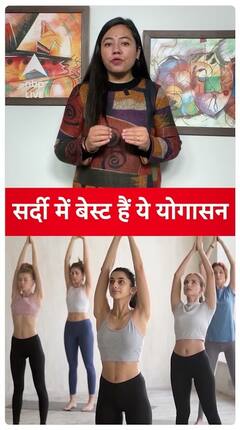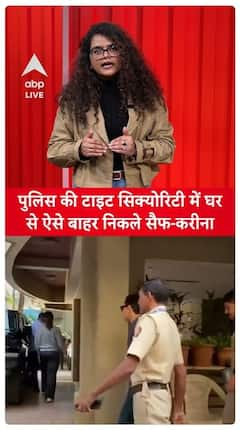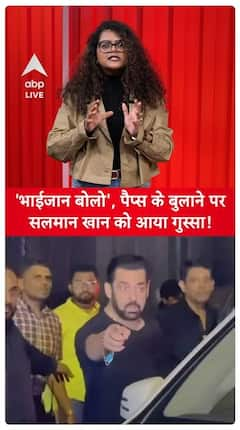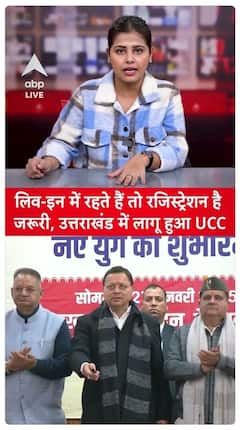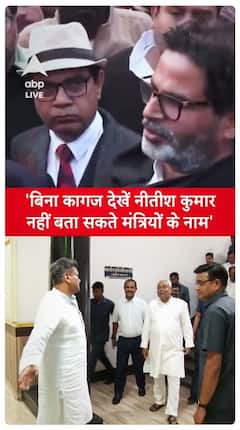Explained: As Modi Govt Faces No-Confidence Motion, A Look At Instances When It Felled Govts
The Opposition is seeking to corner Prime Minister Narendra Modi over the Manipur ethnic violence and has moved a no-confidence motion against the BJP-led government.

Four years after surviving a no-confidence motion brought by its former ally Telugu Desam Party, the Narendra Modi-led BJP government is facing a similar motion as the Opposition seeks to corner Prime Minister Narendra Modi over the Manipur ethnic violence. The no-confidence motion was admitted by Lok Speaker Om Birla and will be debated on Tuesday.
While the BJP government faces no threat due to it as the NDA has a comfortable majority in Lok Sabha, the Opposition has said the objective was to push PM Modi to reply in Parliament on the Manipur issue.
If we delve into India's history, there are three instances when no-confidence motions tabled by Opposition resulted in the dismissal of governments.
So, what is a no-confidence motion? When can it be moved? Has any government been removed through no-confidence motions? We decode the issue for you in this article.
What Is A No-Confidence Motion? What Is The Process To Move A Motion?
A government can remain in power only if it has a majority in Lok Sabha. Here, it must be noted that a no-confidence motion can only be brought against the government only in the Lok Sabha and not in Rajya Sabha.
The Lok Sabha consists of 543 elected MPs and two nominated Anglo-Indians. So, for a political party or alliance to form the government, it should have at least 272 members or more.
If any Lok Sabha MP feels that the ruling party does not have a majority then a no-confidence motion can be moved.
Secondly, as per the rules, to introduce the motion on the floor of the House, the MP needs the support of 50 legislators.
The MP then has to give a written notice of the motion before 10 am to the Speaker of the Lower House.
The Speaker then announces the date for discussion for the motion. As per the Lok Sabha rulebook, the date has to be within 10 days from the day the motion is accepted.
After the motion is accepted, then the ruling party has to prove its majority in the House. If the government fails to prove its majority, then the Prime Minister has to resign.
Also, if any MP or party abstains from voting, those numbers are removed from the overall strength of the House and the majority is then taken into account.
READ | Manipur Issue: Oppn Likely To Move No-Confidence Motion Against Govt
Has The Modi Government Previously Faced No-Confidence Motion?
In 2018, the Telugu Desam Party, a former NDA ally, brought a no-confidence motion against the Modi government after the party accused the Centre of non-allocation of adequate funds to Andhra Pradesh. The motion was brought after the TDP ended its alliance with the BJP.
A number of Opposition parties had extended their support to the motion. However, the Shiv Sena stayed away from the proceedings and Naveen Patnaik's BJD walked out of the House.
The 12-hour debate saw the government and the Oppn trade charges as well as drama after Rahul Gandhi walked over to PM Modi and embraced him.
The Opposition used the platform to attack the government over issues such as farm distress, economic growth and rising incidents of mob lynching.
However, the government defeated the motion and won it by 325 to 126 votes.
READ | Rahul Gandhi's Hug And Wink, PM Modi's 2023 'Prediction': Revisiting 2018 No-Trust Motion Debate
Has There Been Any Instance When A Govt Was Removed After No-Confidence Vote?
While several no-confidence motions have been moved previously, three resulted in the removal of the ruling party.
After Independence, the first ever no-confidence motion was moved against the then Prime Minister Jawaharlal Nehru's government in August 1963. The motion was brought by Acharya JB Kripalani. However, only 62 votes were cast in favour of the motion and 347 against.
VP Singh Government (1990)
In 1990, the government of Janata Dal stalwart VP Singh faced a no-confidence motion. Eleven months after being sworn-in as PM, Singh saw the BJP pulling out support over the Ram temple issue. The VP Singh government lost a no-confidence motion on November 10, 1990. Singh lost the motion by a vote of 142 to 346 in the Lok Sabha.
Interestingly, VP Singh's National Front coalition government was propped up BJP in a bid to keep the Congress out of power.
HD Deve Gowda Government (1997)
Seven years later, Janata Dal's Deve Gowda faced the same fate and he had to resign as PM after being 10 months in power.
In the 1996 election, no party had enough seats to form a government on their own. However, the Sitaram Kesri-led Congress lent its support and Gowda became the 11th PM of India, leading a 13-party coalition.
However, 10 months later, Congress withdrew its support and a no-confidence motion was moved on April 11, 1997. The Gowda-led government failed to defeat the motion and could garner only 158 votes in its support.
Atal Bihari Vajpayee (1999)
As Prime Minister, Atal Bihari Vajpayee faced two no-confidence motions and has a 50-50 record. The first no-confidence motion was brought in April 1999 after the Jayalalithaa-led AIADMK withdrew support. Vajpayee lost the motion by a single vote after the BSP voted against the government.
However, the BJP returned to power in the subsequent election. This time, the Congress-led Opposition brought another no-confidence motion against the Vajpayee government in 2003. This time, the BJP won by an overwhelming majority of 312 to 186 votes.
Trending News
Top Headlines







